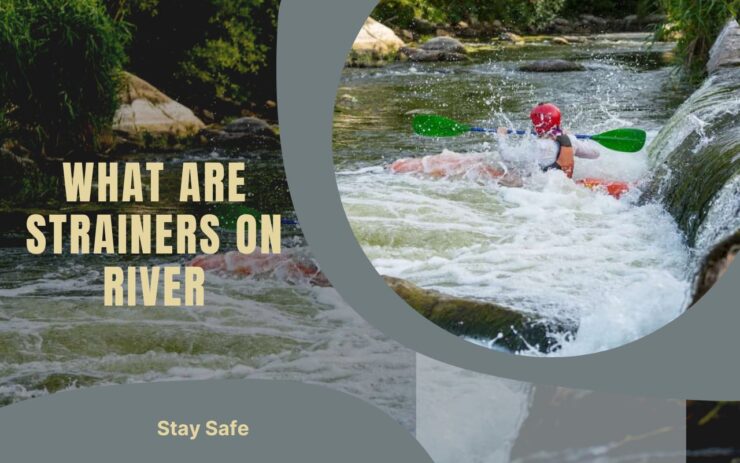It is a well-known fact that rivers can be extremely dangerous even for the most experienced kayakers and boaters.
Nature is unpredictable and things can take a turn for the worse in a matter of seconds.
Despite everything looking fine and dandy, there could be an extremely dangerous stretch of water even in the calmest of rivers.
The only thing a paddler can do in that situation is to react in the best possible situation and save themselves.
The tricky thing about all of this is that there are different dangers in rivers and the necessary thing that needs to be done varies between them.
In this article, we are focusing all of our efforts on one such example, strainers.
Strainers on a river are infamous for their ability to cause numerous problems for unsuspecting kayakers, canoers, and all the rest of the boaters.
If you are a frequent visitor to your local rivers, or better yet, in case you enjoy traveling around the country or outside of your borders and visiting rivers, you have to know what strainers on a river are and how to stay safe.
Table of Contents
ToggleWhat Are They?
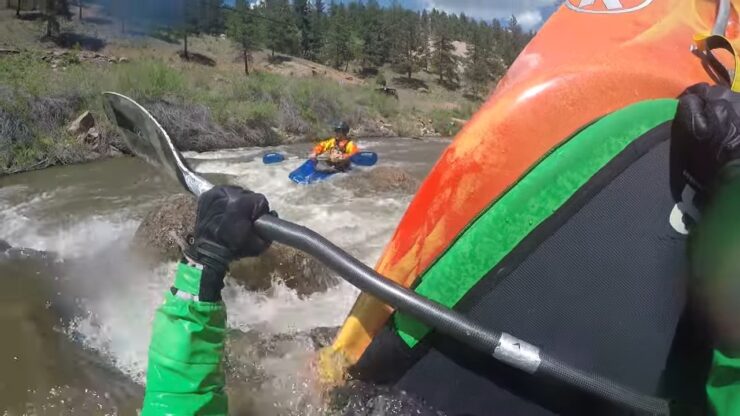
Most things that cause havoc and require caution on the water sound dangerous from the get-go and the same is true for strainers.
What are they straining, what do they mean, and how should you avoid them? How can a river have a strainer and why is it so perilous for the paddlers who are in its proximity?
Well, it is not so simple and it does need a deeper dive, no pun intended.
River strainers are typically created by various obstructions in the water which can either be naturally formed or man-made.
Whatever they are, they allow water to pass through them but they catch larger objects and do not allow passage.
A paddler in a kayak is considered a larger object of course so while the water underneath you passes through, your boat is caught up in it and therefore in a lot of trouble.
The Danger Is Real
Strainers are very dangerous because they can easily pin any object large enough not to pass through the openings in place. These usually include different debris, unlucky animals, boats, and people.
The name for them is ingenious and right on the money, which only adds to the obvious danger of their devastating effects.
As mentioned, many different things can cause strainers and it does not really matter what lies in the center of it all.
As long as water can effectively go through, it can be a strainer.
Know What They Are
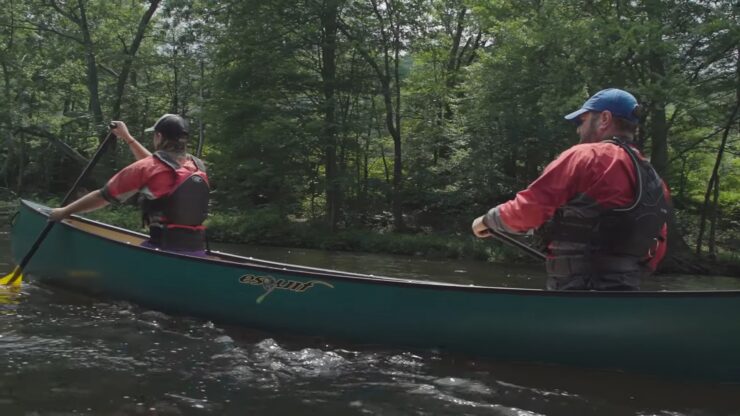
Most of the time, it is the fallen trees and large branches that are the perpetrators. It can also be the root systems of the nearby trees, as well as logs and boulders that got stuck.
Sadly, in many places, man-made objects are to blame.
Tires and submerged vehicles are quite common in rivers near bigger cities and in a certain proximity to industrial zones.
Fencing, guard rails, construction debris, and shopping carts round up the most commonly found river strainers.
How Can They Impact Kayakers?
Strainers are definitely a force to be reckoned with in most situations and some kind of effort always needs to be made to overcome them.
The actual danger of a strainer comes in the form of entrapment of the paddler and/or their vessel.
The obstacle that has caused the strainer is not itself the deadly danger, it is what can happen due to the fact that you cannot pass through.
Most deaths and serious injuries happen because people get pinned against the obstacle and are unable to move.
The worst-case scenario is being pinned to the object from one side, and the vessel from the other.
Water Currents are Unbeaten
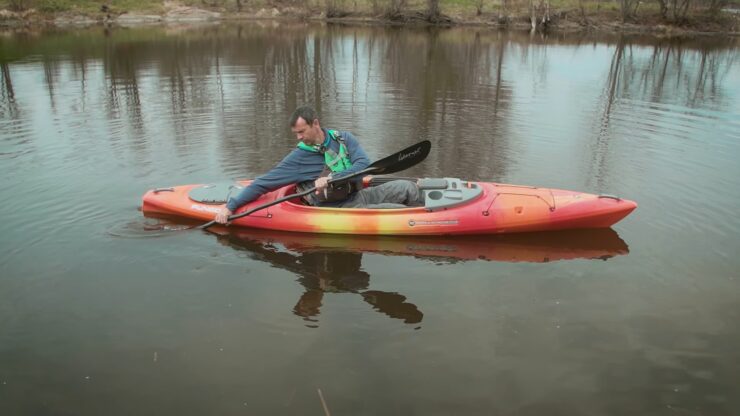
The very force of the oncoming water is more than enough for any living thing not to be able to move.
Currents can also become stronger over time and become even more complicated to get out of.
The kayak can be flipped, you can end up upside down and completely immobilized against the obstacle.
Getting pulled underneath the water due to strong currents is also possible as the water rushes through the openings.
The most probable outcome here is drowning due to underwater entrapment.
Mind The Aftereffects
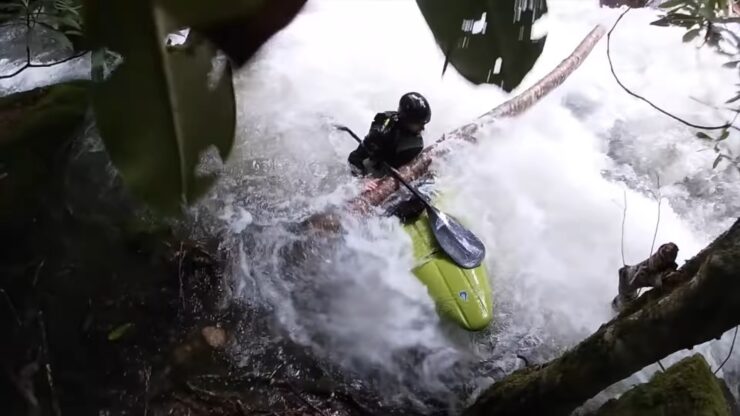
Prolonged exposure to cold water is enough trouble as well. Depending on the temperature, location, weather, and time of year, being trapped for too long but eventually escaping can be equally as dangerous as being trapped.
Hypothermia and cold shock are very common in such situations and are just as deadly. Knowing what to do will help you stay protected and most importantly, alive.
Starting a fire is prevalent, as is getting out of the damp, cold clothes. It is much better to sit naked by the fire and dry your clothes than to wear them on your body.
Avoiding Is the Only Solution
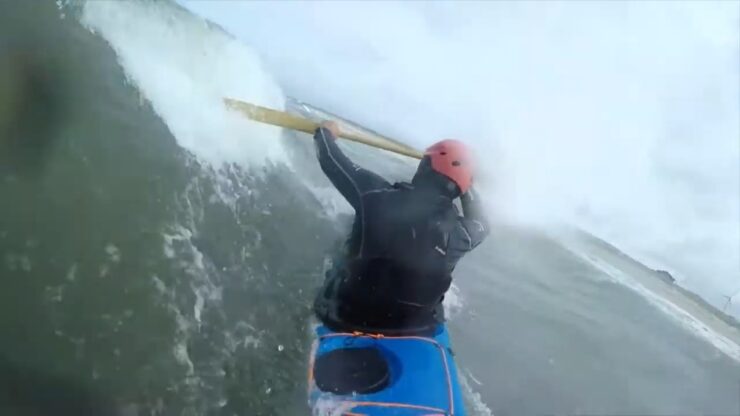
The only thing you can do to stay entirely safe from strainers is to avoid them. Hazards like this are always better to avoid than to tackle and try to overcome.
Of course, many of them hide underneath the surface of the water and are practically invisible. Spotting it is usually already too late unless you can survey the river before trying to navigate it.
Planning out your route and doing research about the conditions of the river is how you will prevent any and all unwanted dangers.
If there is no way to escape it in the water, portage around it. Simply paddle to the shore and go past it.
Final Tips
Last but not least, if you cannot escape it and are approaching a strainer, here is what to do.
If you capsize just before hitting it, swim as strong and fast as you can because every second and every move counts.
Go as far away as you can.
Wearing a life jacket should be a no-brainer and it will save your life in case you hit a strainer.
Do not go kayaking alone, try to perform a wet exit to get over the obstacle, have an unpin kit in the kayak to fall back on, and practice swift water rescue to prepare yourself. Better safe than sorry!
Meet Maria Alexander, the fearless adventurer steering the ship at KayakPaddling.net. Her mission? To convince you that life’s too short for dry land and that the best stories always start with “So there I was in my kayak…”
Related Posts:
- Heavy Duty Fishing: 11 Best Rods And Reels For Big Fish 2024
- 16 Best Kayak For Beginners 2024 - Kayaking Adventure Gear
- 10 Best Saltwater Fishing Boats - Ultimate Angling Adventure
- 12 Best Fishing Lures Ever 2024 - Baits That…
- 12 Best Kayak GPS 2024 - Find Your Way to Adventure
- 12 Best Truck Bed Hitch Extenders for Kayak 2024 -…

